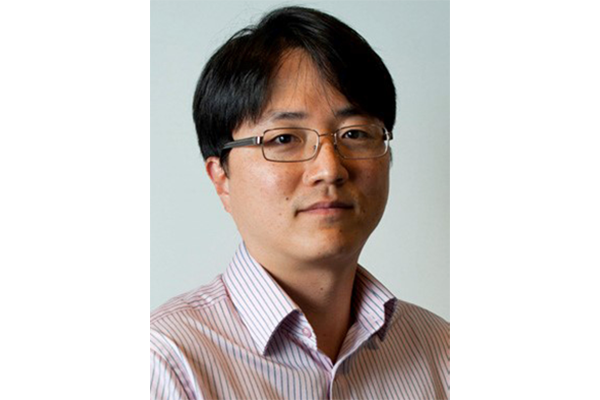Optimizing Carbon Nanotube Bundles for Improved Electronics

MIE Professor Yung Joon Jung published his research on “Bundling Effect of Semiconductor-Enriched Single-Walled Carbon Nanotube Networks on Field-Effect Transistor Performance” in Materials Science in Semiconductor Processing. The research aims to address ongoing and significant challenges in achieving electronically homogeneous channels for field-effect transistors (FETs) due to persisting metallic percolation and uncontrollable nanotube bundling.
Abstract:
Despite continual progress in creating semiconductor-enriched single-walled carbon nanotube (SWCNT) networks, significant challenges still remain in achieving electronically homogeneous channels for field-effect transistors (FETs) due to persisting metallic percolation and uncontrollable nanotube bundling. To address this critical issue, we systematically explored the bundling effect of the SWCNTs on the electrical characteristics of SWCNT network-based FETs. Devices with higher bundle density and larger bundles showed enhanced FET metrics in drive current, on/off ratio, subthreshold swing, transconductance, and thermal dependence, thereby enabling highly uniform and integrated SWCNT FETs at wafer scale. These performance enhancements are attributed to the increased conduction channels, the metallic CNT shielding effect in dense, thick, and locally aligned SWCNT bundles, and enhanced contact properties. Additionally, SWCNT network-based FETs were demonstrated as biosensors to detect the influenza A H5N1 virus. Larger bundles and higher densities of SWCNT improved sensing performance due to enhanced semiconducting properties and the metallic screening effect within the bundles.